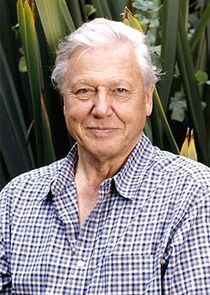Madagascar is an island of extremes. While the east is cloaked in soaking rainforest, the west and south is almost a desert. This is a scorching landscape where it might not rain for nine months of the year, and some years not at all. To live here, you have to be a specialist. The animals and plants of the dry southern lands are stranger and more mysterious than on any other part of the island, and their strategies for surviving the dryness are extraordinary.
Verreaux's sifaka, a kind of lemur, lives in Madagascar's 'spiny forest' where trees have savage spikes, and some drip toxic chemicals. Amongst the bulbous trees of the baobab forests, huge-eyed mouse lemurs, the world's smallest primates, emerge at night to feed on the sugary droppings of bizarre fluffy bugs.
When at last the rains come, everything changes. Labord's chameleon is the shortest-lived land vertebrate in the world. This striking animal lives just 12 weeks from hatching to adulthood. It spent nine months in an egg and has only three months to pack in the rest of its life.
These animals are all unique to Madagascar and exquisitely adapted to the island's seasonal changes. But this is not their only challenge. Much of Madagascar's extraordinary wildlife is under threat, from hunting and loss of habitat, and none more so than in the south of the island.
At the end of the episode, the filming team's biggest challenge is revealed - how to find and film one of Madagascar's most elusive animals, the rare and cat-like fossa. It lives in remote forests and is active mostly at night - and it has a fearsome reputation.





No comments yet. Be the first!